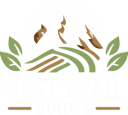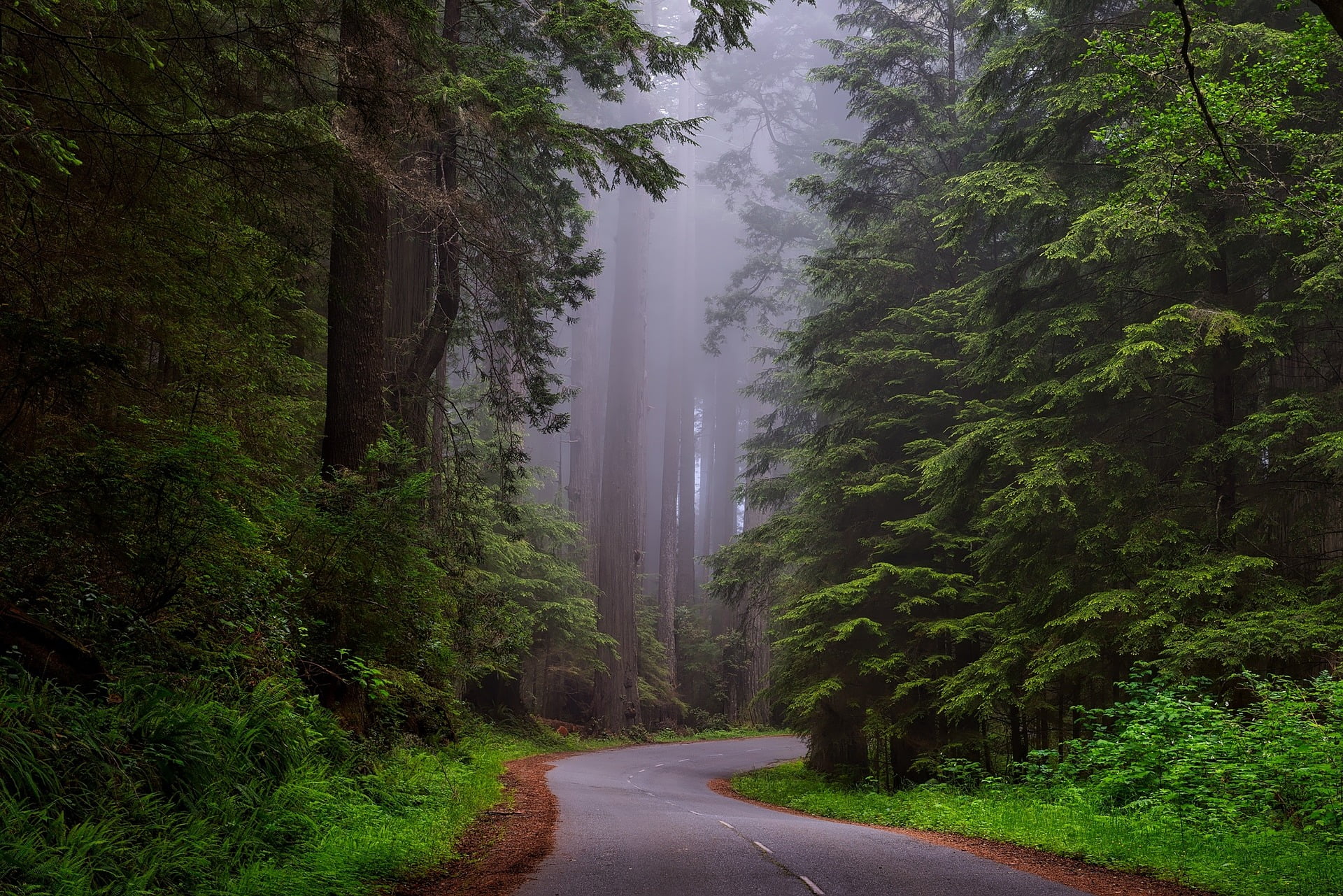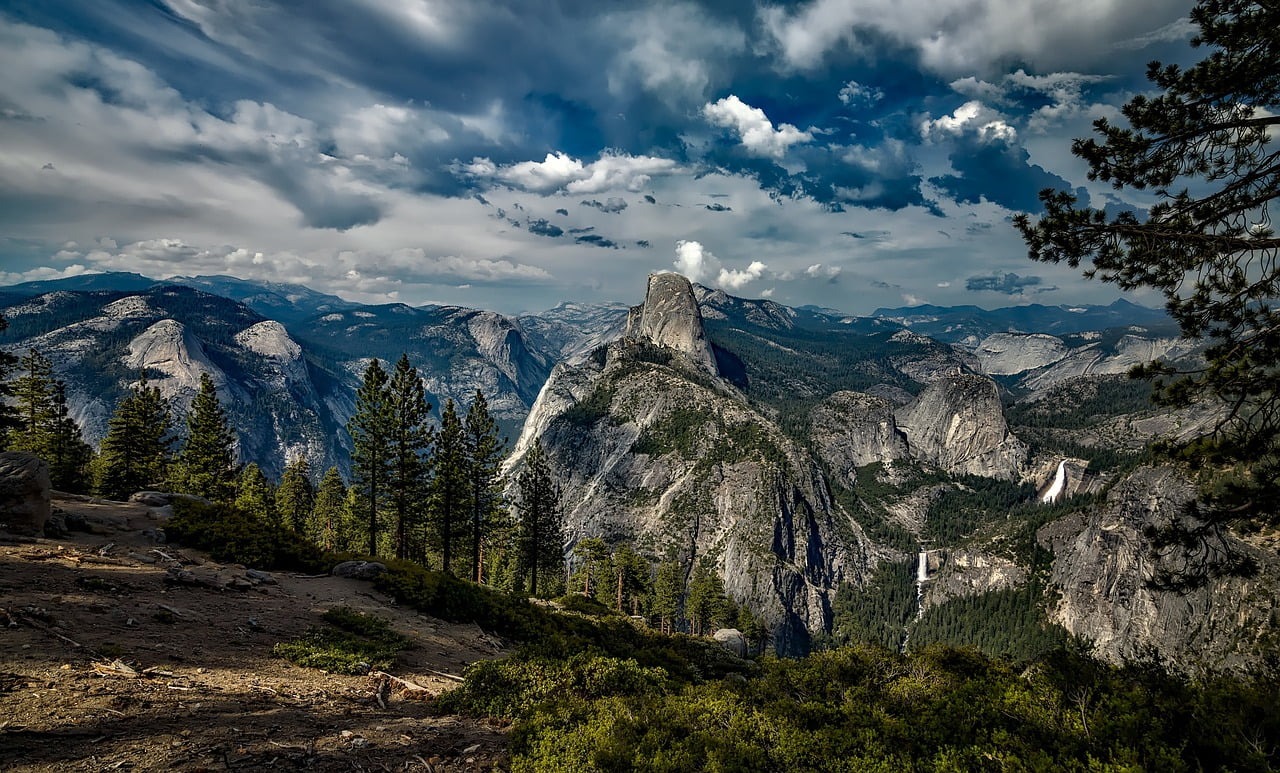Discover the Majestic Yosemite National Park: A Comprehensive Guide
Yosemite National Park, located in California’s Sierra Nevada mountains, is a haven for nature lovers, hikers, and adventure seekers. Famous for its stunning granite cliffs, waterfalls, giant sequoias, and diverse ecosystems, Yosemite is a must-visit destination. Whether you’re planning your first trip or your fifth, this guide will help you make the most of your visit.
How to Get to Yosemite National Park
Yosemite National Park is accessible from several major cities in California:
- From San Francisco: It’s about a 4-hour drive. Take I-580 E to I-205 E, then merge onto I-5 N. Follow CA-120 E to Big Oak Flat Road, which leads to the park entrance.
- From Los Angeles: The drive is around 5-6 hours. Take I-5 N to CA-99 N, then take CA-41 N directly to the South Entrance of the park.
- From Fresno: It’s about a 2-hour drive via CA-41 N directly to the park.
Public transportation options include the YARTS (Yosemite Area Regional Transportation System) buses, which connect with Amtrak trains and Greyhound buses. Once inside the park, the free Yosemite Valley Shuttle System provides convenient transportation to various points of interest.
Where to Stay Near Yosemite
Accommodation options near Yosemite range from campgrounds and lodges within the park to hotels and vacation rentals in nearby towns.
Inside the Park:
- The Ahwahnee: A historic luxury hotel known for its stunning architecture and prime location.
- Yosemite Valley Lodge: Conveniently located near Yosemite Falls, ideal for families.
- Curry Village: Offers canvas tents, cabins, and motel rooms.
Outside the Park:
- El Portal: Just outside the park’s Arch Rock Entrance, offers hotels like Yosemite View Lodge.
- Mariposa: About 45 minutes from the park, featuring a range of accommodations from motels to B&Bs.
- Oakhurst: Located near the South Entrance, ideal for those visiting Mariposa Grove of Giant Sequoias.
Best Time to Visit Yosemite
Yosemite is a year-round destination, but the best time to visit depends on your interests.
- Spring (April to June): Waterfalls are at their peak, wildflowers bloom, and temperatures are pleasant.
- Summer (July to September): All areas of the park are accessible, including the high country and Tuolumne Meadows. However, it can be crowded.
- Fall (October to November): Fewer crowds, fall foliage, and mild weather make it a serene time to visit.
- Winter (December to March): Ideal for snow activities such as skiing and snowshoeing, but some areas, like Tioga Road, are closed due to snow.
Tips for Visiting and Park Entrance Fees
- Entrance Fees: The park entrance fee is $35 per vehicle for a 7-day pass. Annual passes are available for $70.
- Reservations: Some accommodations and campgrounds require reservations, especially during peak season. Plan ahead!
- Pack Accordingly: Weather can change rapidly. Bring layers, plenty of water, and snacks.
- Leave No Trace: Follow the principles of Leave No Trace to help preserve the park’s beauty.
- Wildlife Safety: Keep a safe distance from wildlife and store food properly to avoid attracting bears.
Best Hiking Trails in Yosemite
Yosemite offers trails for all levels of hikers, from easy strolls to challenging treks.
Easy Trails:
- Lower Yosemite Fall Trail: A 1-mile loop offering spectacular views of Yosemite Falls.
- Bridal Veil Falls Trail: A short, 0.5-mile round trip to Bridal Veil Falls, one of Yosemite’s most iconic waterfalls.
Moderate Trails:
- Mist Trail to Vernal Fall and Nevada Fall: A 7-mile round trip with stunning waterfall views. Be prepared for steep sections.
- Sentinel Dome: A 2.2-mile round trip offering panoramic views of Yosemite Valley and beyond.
Strenuous Trails:
- Half Dome: A 14-16 mile round trip requiring a permit. The cables section is not for the faint of heart but offers unparalleled views.
- Four Mile Trail: A steep 9.6-mile round trip from Yosemite Valley to Glacier Point, providing breathtaking vistas.
Backpacking Trails:
- John Muir Trail: A segment of this famous trail runs through Yosemite, starting at Happy Isles and offering multiple-day hiking opportunities.
- Rae Lakes Loop: A 46-mile loop in the park’s high country, perfect for experienced backpackers seeking solitude and stunning alpine scenery.
Conclusion
Yosemite National Park is a treasure trove of natural wonders, offering something for every visitor. Whether you’re planning a leisurely visit or an adventurous trek, understanding how to get there, where to stay, when to visit, and which trails to explore will ensure a memorable experience. Pack your bags, lace up your hiking boots, and get ready to discover the breathtaking beauty of Yosemite!







